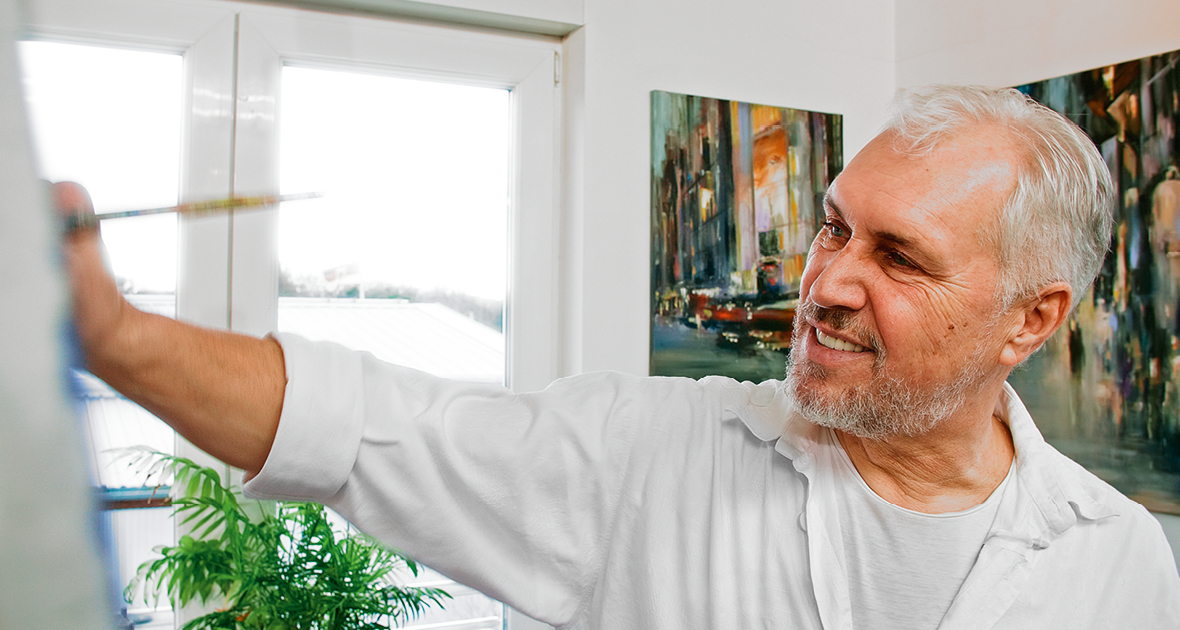
A Day in the Studio of Robert Hettich
When Robert Hettich came to Germany in 1988 as a mid-twenty-year-old, he immediately established himself as a graphic artist in the market. He studied Graphic Design, Art, and Painting in Leninabad (now Khujand), Tajikistan. This education proved to be exceptionally solid, as it emphasised imparting artistic fundamentals and mastering "craftsmanship" techniques. Nonetheless, after completing his studies at the University of Applied Sciences in Hanover, the painter Robert Hettich also took a diploma exam to become a graphic designer.
This dual training path may explain his versatility. For a long time, he has been highly regarded in collector circles because he combines technical perfection with creative originality.
We visited the studio of the artist Robert Hettich and accompanied him for a day. We talked to the artist about his path to art and a very special fan.
Robert Hettich, how did you become interested in art?
Since my childhood, I have enjoyed pencils and brushes. During my school years, I attended music and painting schools. At some point, I faced a decision about which path to choose music or painting. But painting captivated me more. Music also plays a very big role in my painting.
When did you know that you wanted to become an artist?
In the former Soviet Union, I studied Art Graphics and Painting at a school of education. In 1988, I moved to Germany with my family. In Western Germany, I wanted to explore the field of graphic design and completed another diploma course at the University of Applied Arts and Design in Hannover. Afterwards, I worked as a graphic designer, only to realise over time that my heart still belonged to art.
What inspires you?
Landscapes, light, whether it's natural phenomena in the sky or artificial light, lighting in the evening, light of the city, as well as architecture, the architecture of human development for example cathedrals or old city building ensembles. Also, music inspires me greatly; it conveys and shapes my moods, which then flow onto the canvas through the colours and forms.
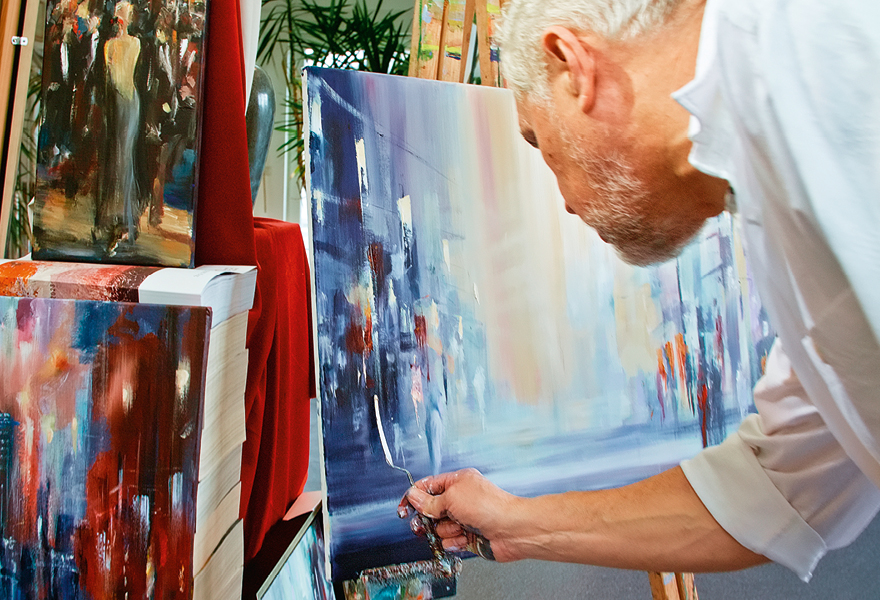
Which artist has had the greatest influence on you and your work?
In my first studies, I discovered William Turner from the epoch of Romanticism for myself. His play of light and colour with water reflections in the motifs was already strongly influenced by Impressionism. I especially loved his watercolour designs. Later, I spent a lot of time studying Auguste Renoir and Max Liebermann. In 1998, I met Gerhard Richter at his exhibition "Landscapes" at the Sprengel Museum in Hanover and was very impressed by his art and him as an artist and a person. Afterwards, I visited several of his exhibitions. Later in 2017, I was very proud to present my pictures with him and other artists at the 7th Beijing International Art Biennale in China at the International Art Museum of China.
Where do you prefer to paint?
I prefer to paint in my studio in Langenhagen near Hanover. There is a lot of light in my studio, whether natural or artificial. I also enjoy painting outdoors in nature.
What does a typical day in your life as an artist look like?
There is usually no typical day in my life as an artist. My mind, my subconscious, is constantly at work: pictures, compositions, and visualisations are created in my mind. Later, there is the moment when I want to capture it all, and I start painting on the canvas, whether at night, early in the morning or during the day. It is important to pick out one or perhaps a couple of the myriad of thoughts and visual pictures and depict them. When this process occurs, time does not matter.
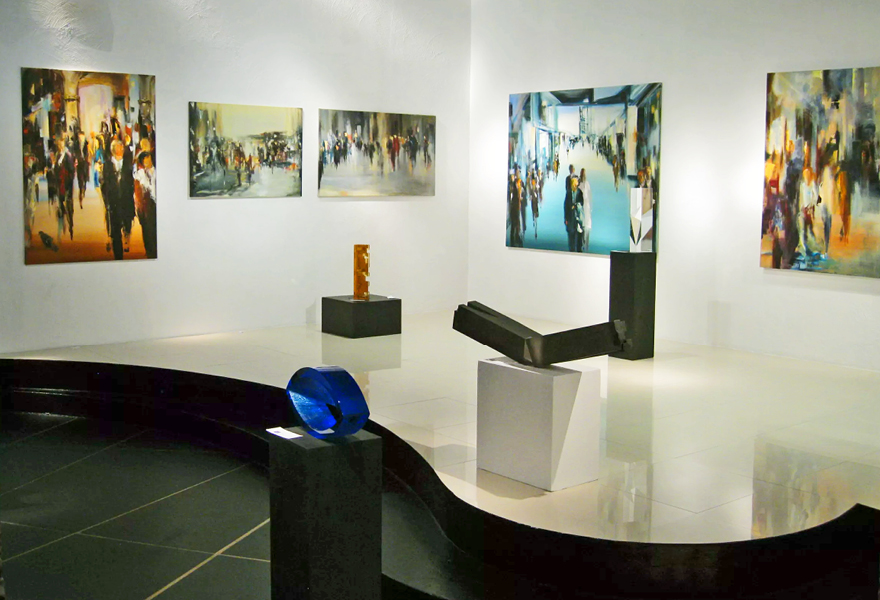
Which material and techniques do you prefer to use?
I like all techniques, whether oil, watercolour, pastel, or chalk ... But in recent years, I have switched to acrylic paint. I have discovered a few types that I can feel and work with very well.
What was your most memorable experience?
I have had many wonderful experiences in my artistic career. One that comes to my mind now was one time, when I was invited to an international art symposium in Austria at the birthplace of Austrian painter Oskar Kokoschka. I was picked up from the airport by a very nice, great, highly intellectual woman. At first, she briefly held a sign with my name on it, in her hands, and her smile was the next clue for where I should go. We had a short greeting, and then we drove one hour to Pöchlarn.
At that moment, I didn't know who this woman was, but she knew a lot about me, e.g., the history of my ancestors who emigrated from Germany in the 18th century. This one-hour drive was very entertaining, harmonious, and simply indescribably exciting. When we arrived at the hotel, we talked some more in the hotel restaurant. The next day, the organisers greeted me and congratulated me on my pleasant arrival. It turned out that my pick-up companion was Anita Princess of Hohenberg, the great-granddaughter of Franz Ferdinand, Archduke of Austria.
There were very many interesting and wonderful moments at this symposium, and I am very proud that my work has found a place in the Artstetten Castle of the Princess.
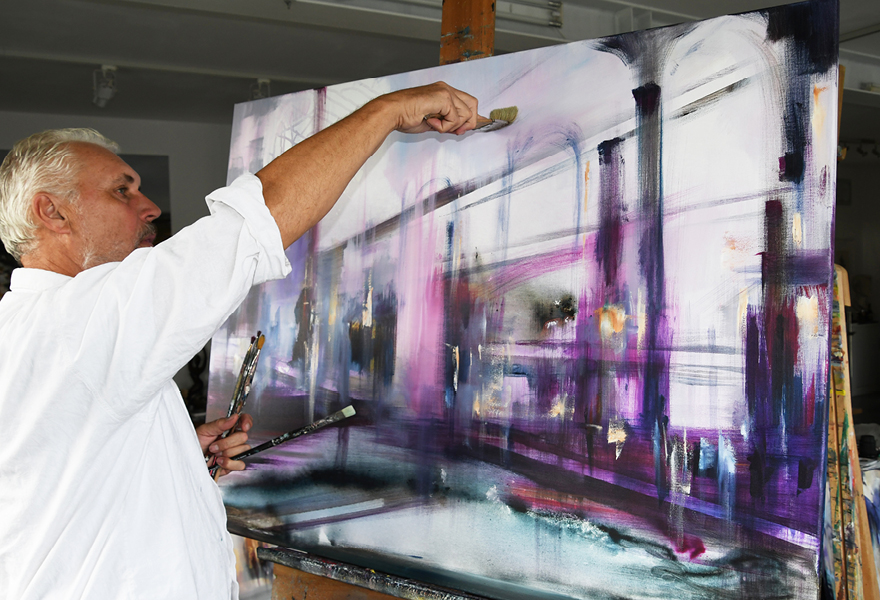
What advice would you give to young artists who are just starting out?
If you have truly recognised your calling and want to pursue this path with ever greater goals, then be diligent, active, experimental, and innovative. Research the fundamentals like techniques and styles of the great masters and find your own style.
Have you discovered another artist on artSOLITAIRE whose work you admire?
I like to look at works by Ekaterina Moré. Very beautiful, elegant, and unique.
What do you think you would be doing today if you hadn't become an artist?
I would be a musician, but then I would return to painting after the concert.
Do you have a favourite museum? If so, which one and why?
There are so many wonderful museums in capitals and major cities of the world. I feel most at home in the Dresden Gallery, both inside and outside. There, I sense the aura of this place with all its artworks.
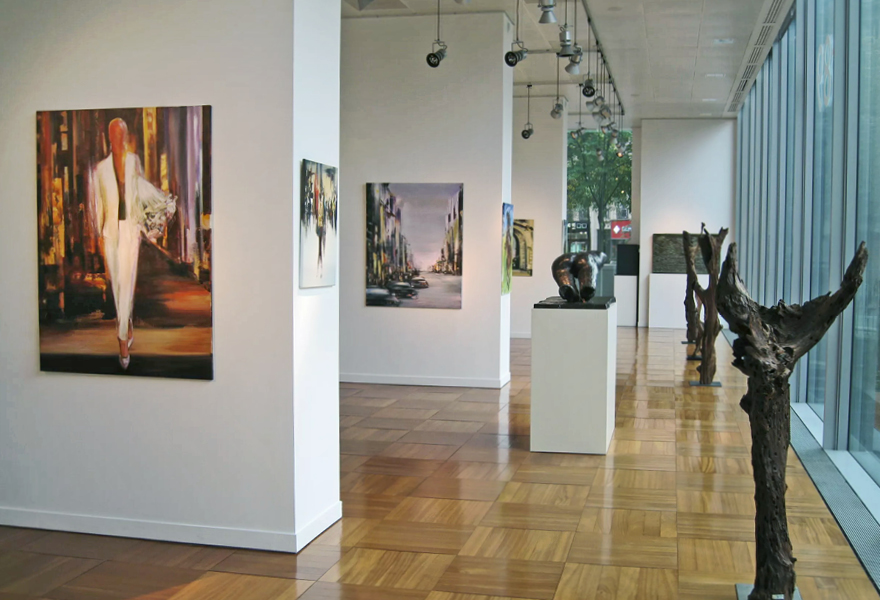
Do you have a current favourite among your works?
Each of my artworks carries a story, information or a certain message and undergoes a process starting at the birth of a thought over to a mood and finally the realisation of that mood. And when the painting is finished, the next thought, generated by the current mood, is already there and wants to be even better on the canvas. There is a constant search for perfection.
Which exhibition or award are you particularly proud of? Or are you currently planning an exhibition?
I am proud of the permanent exhibitions at the New Town Hall in Hanover and the Sheraton Pelikan Hotel in Hanover. Furthermore, I am very satisfied with my participation in the 9th International Art Biennale in Beijing during the 2022 Winter Olympics. One of my artworks was included in the State Collection of China.
Do you have any wishes for your future? What are your aspirations and goals?
In the future, I see my works in museums and major galleries all over the world.
Thank you for the interview!
Discover now all works by the artist Robert Hettich at artSOLITAIRE.
